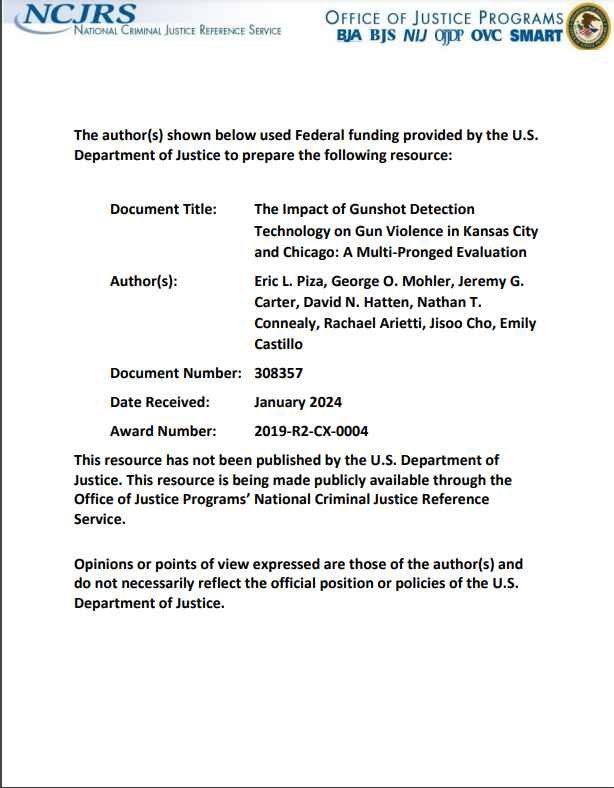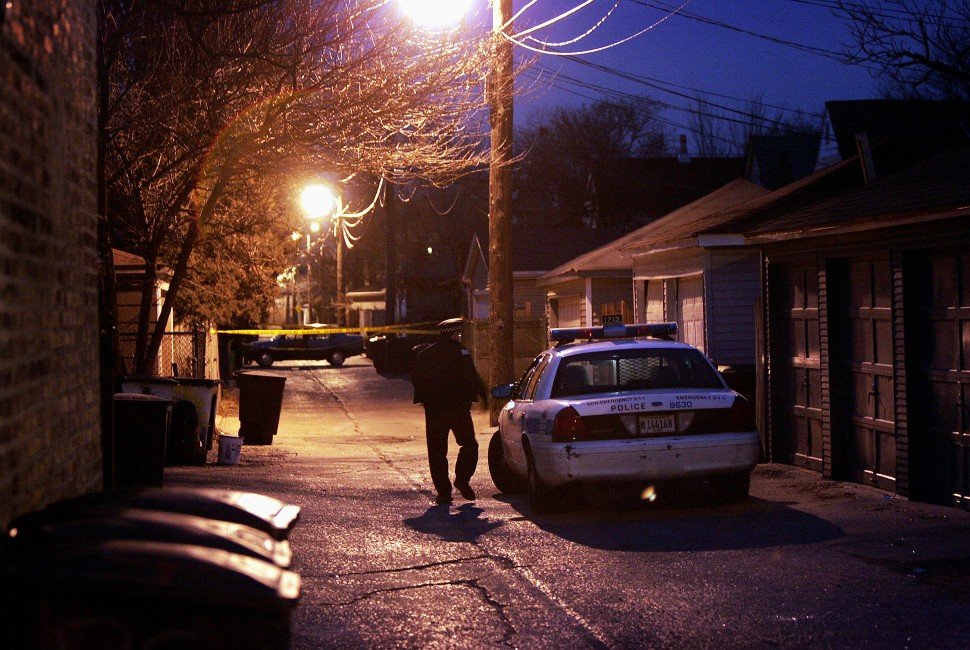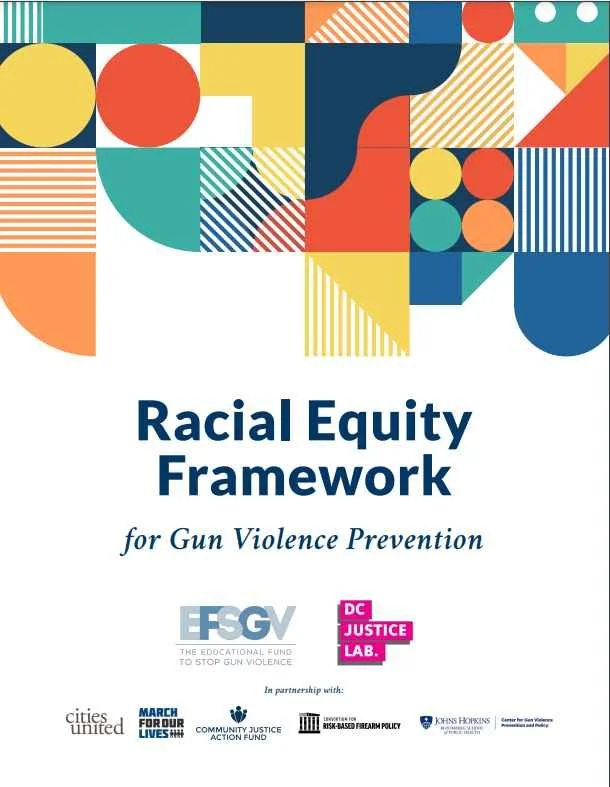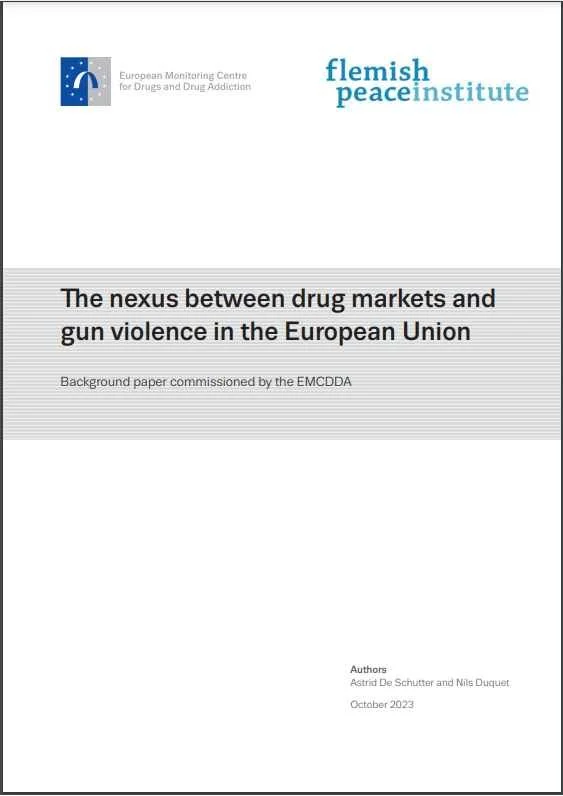By Rebecca F. Wilson, Sasha Mintz, Janet M. Blair, Carter J. Betz, Abby Collier, and Katherine A. Fowler
In the United States, unintentional injury is the fourth leading cause of death among infants (i.e., children aged <1 year) and is the top cause of death among children and adolescents aged 1–17 years; firearms are a leading injury method. Unsecured firearms (e.g., unlocked and loaded) are associated with risk for unintentional childhood firearm injury death. Data recorded during 2003–2021 by the National Violent Death Reporting System (NVDRS) from 49 states, the District of Columbia, and Puerto Rico were used to characterize unintentional firearm injury deaths of U.S. infants, children, and adolescents aged 0–17 years (referred to as children in this report). NVDRS identified 1,262 unintentional firearm injury deaths among children aged 0–17 years: the largest percentage (33%) of these deaths were among children aged 11–15 years, followed by 29% among those aged 0–5 years, 24% among those aged 16–17 years, and 14% among persons aged 6–10 years. Overall, 83% of unintentional firearm injury deaths occurred among boys. The majority (85%) of victims were fatally injured at a house or apartment, including 56% in their own home. Approximately one half (53%) of fatal unintentional firearm injuries to children were inflicted by others; 38% were self-inflicted. In 9% of incidents, it was unknown whether the injury was self- or other-inflicted. Approximately two thirds (67%) of shooters were playing with or showing the firearm to others when it discharged. Overall, firearms used in unintentional injury deaths were often stored loaded (74%) and unlocked (76%) and were most commonly accessed from nightstands and other sleeping areas (30%). Unintentional firearm injury deaths of children are preventable. Secured firearm storage practices (e.g., storing firearms locked, unloaded, and separate from ammunition) have been identified as protective factors against child firearm injuries and deaths, underscoring the importance of policymakers, health care professionals (e.g., pediatricians), and others partnering with parents, caregivers, and firearm owners to promote secure firearm storage.
United States, Morbidity and Mortality Weekly Report. 2023, 8pg
























